TRACKING PROGRESS TOWARDS A WORLD WITHOUT NUCLEAR WEAPONS
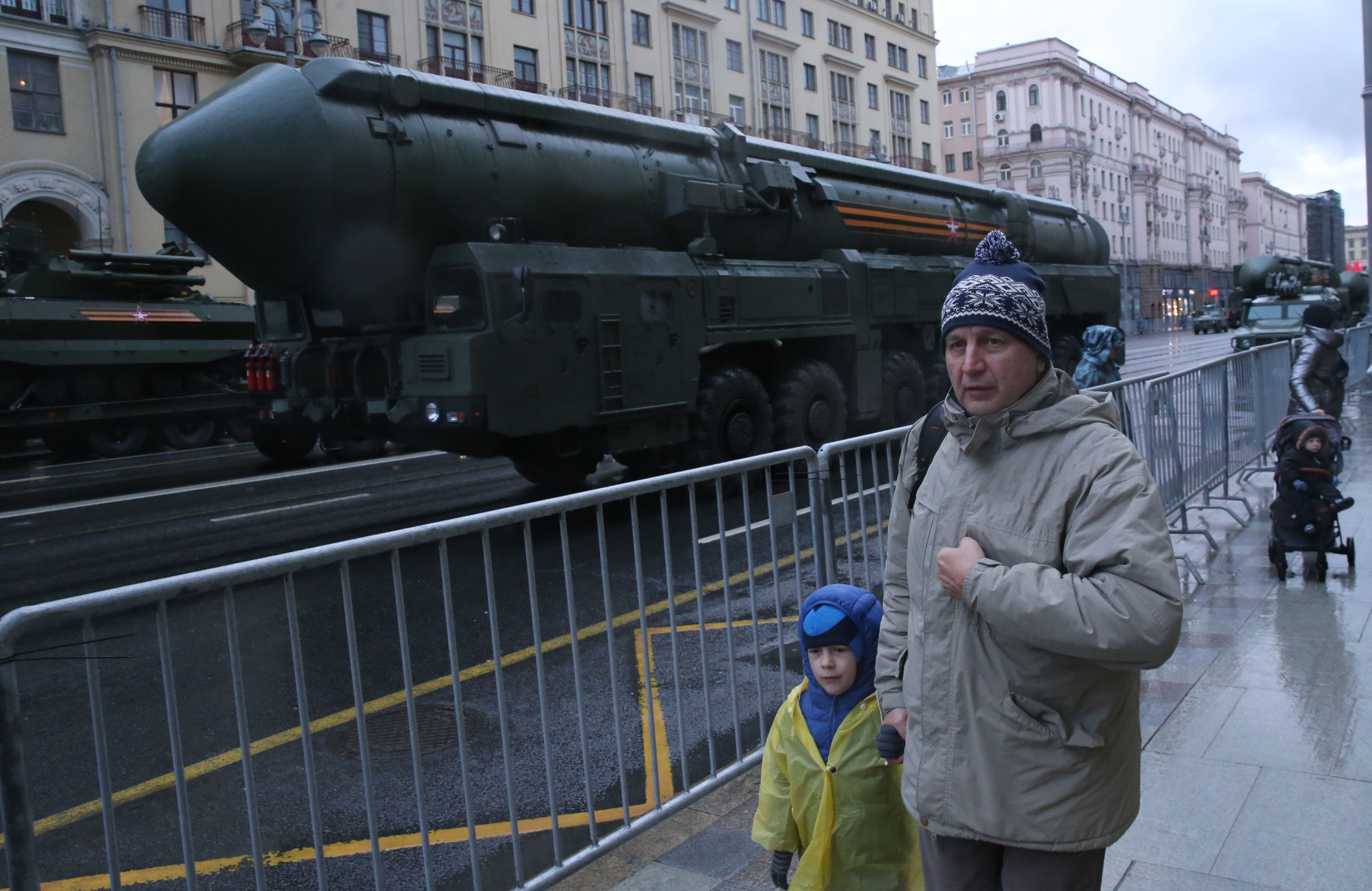
The Nuclear Weapons Ban Monitor evaluates the nuclear-weapons-related policies and practices of all states.
It uses the Treaty on the Prohibition of Nuclear Weapons (TPNW) as the primary yardstick to track progress towards a world without nuclear weapons.
It also tracks the status of all states in relation to all other relevant multilateral treaties and regimes dealing with nuclear weapons and other weapons of mass destruction is also tracked, including the Treaty on the Non-Proliferation of Nuclear Weapons (NPT), the Comprehensive Nuclear-Test-Ban Treaty (CTBT), the Biological Weapons Convention (BWC), and the Chemical Weapons Convention (CWC).
The Nuclear Weapons Ban Monitor is researched and published by Norwegian People’s Aid with contributions from a range of external experts.

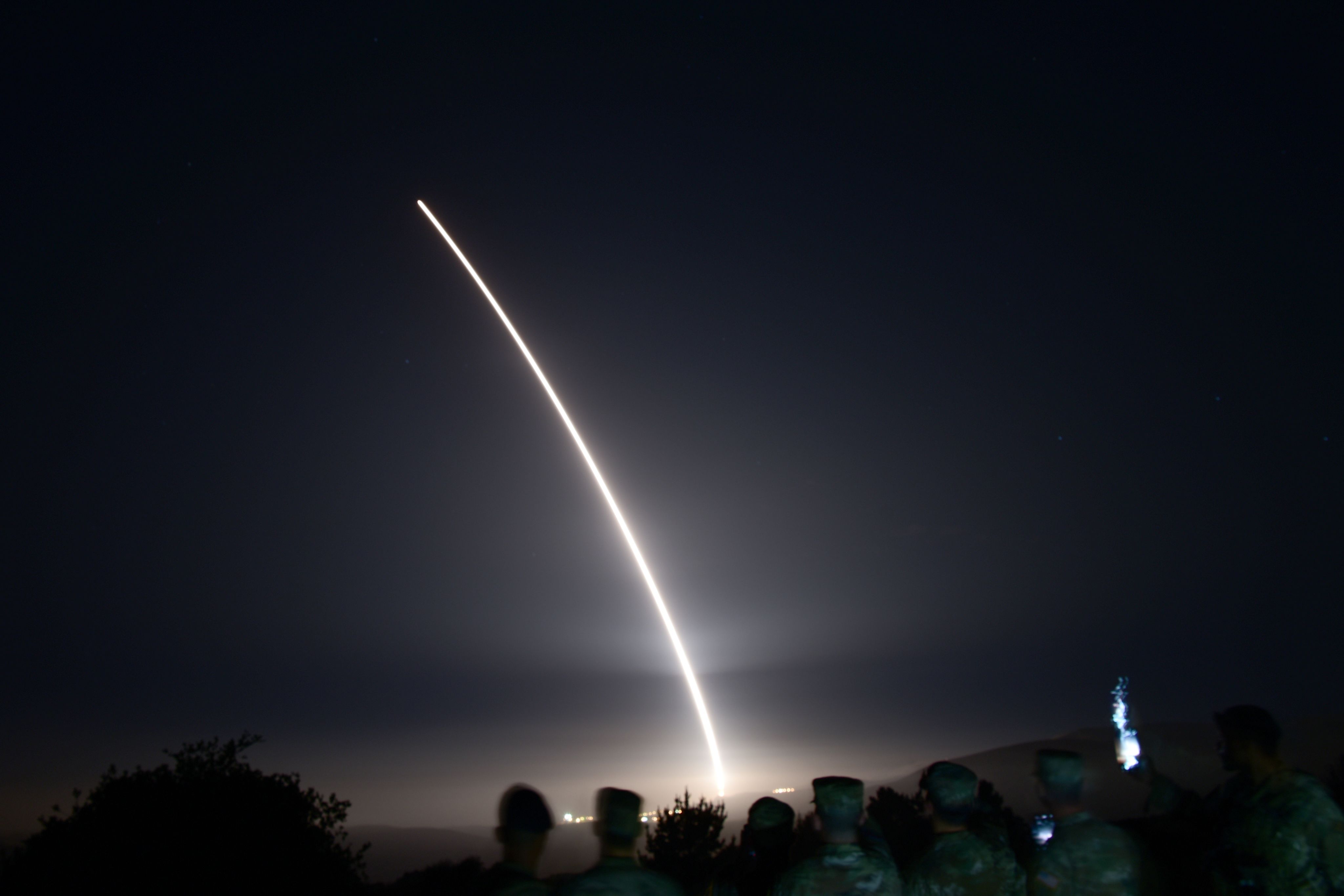
KEY FINDINGS
The nine nuclear-armed states had a combined arsenal of 12,705 nuclear warheads at the beginning of 2022.
Of these, an estimated 9,440 nuclear warheads constituted usable stockpiles, available for use by the nuclear armed states on their missiles, aircraft, submarines and ships.
The remaining 3,265 warheads had previously been retired and were awaiting dismantlement.
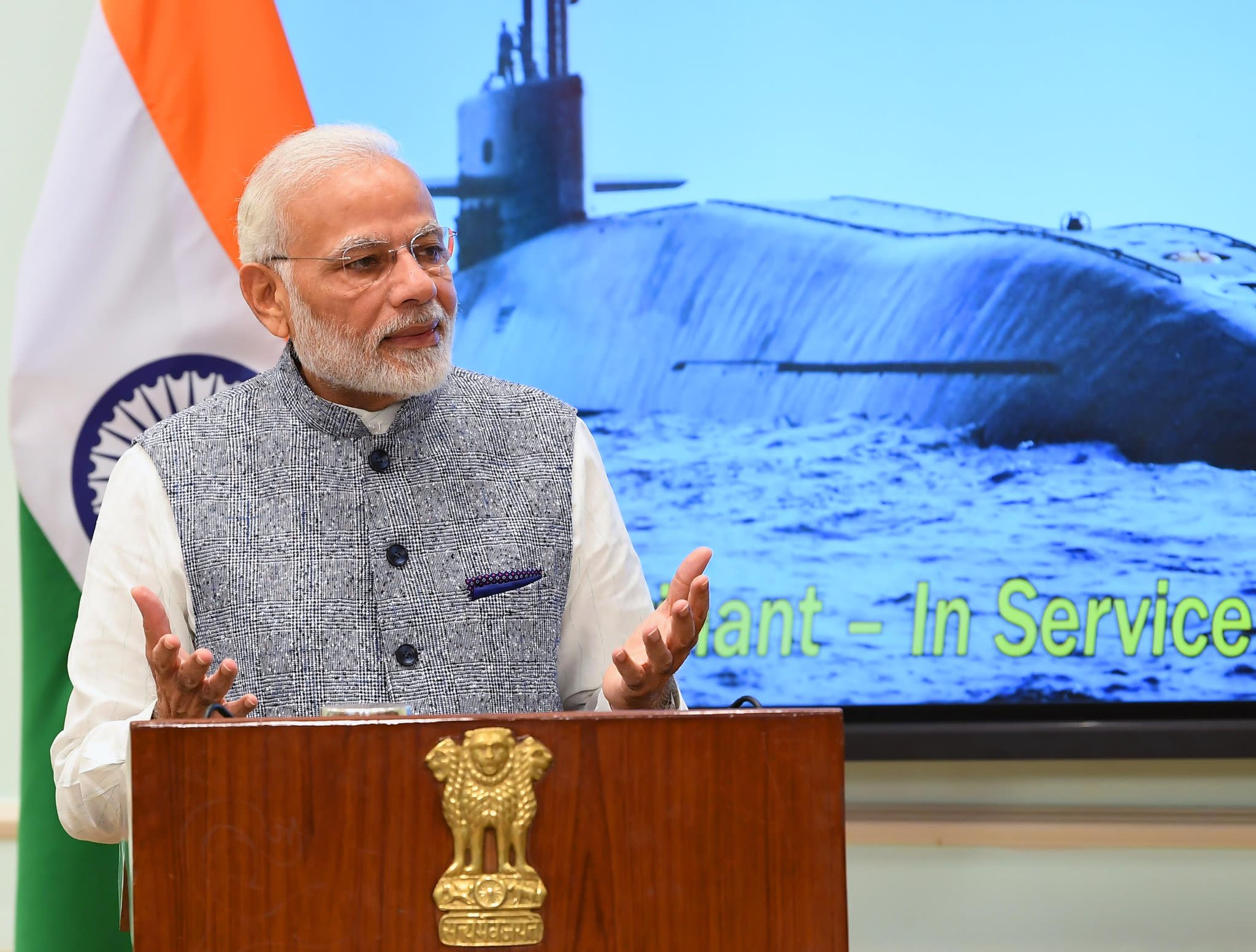
The collective yield of the nuclear-armed states' usable stockpiles is the equivalent
of approximately
138,000 Hiroshima-bombs
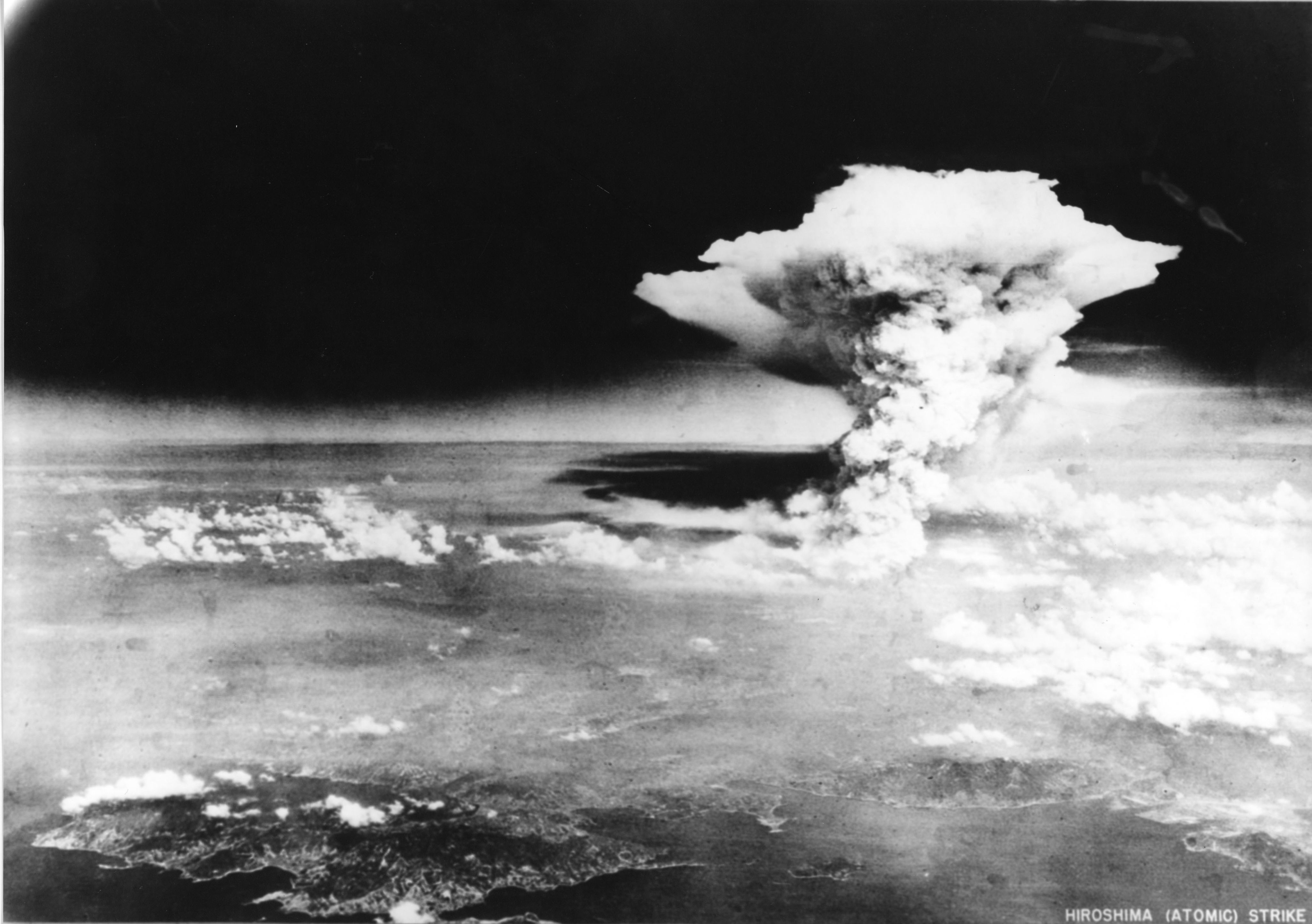
The global stockpile of nuclear warheads available for use is now on the rise, warns the Nuclear Weapons Ban Monitor.
China, India, North Korea, and Pakistan increased their arsenals in 2021, the United Kingdom announced a significant potential increase, and Russia’s usable stockpile is increasing.
Almost 2/5 of the warheads in usable stockpiles are assigned to nuclear-armed submarines.
At all times, a significant number of warheads are carried through the world’s oceans on submarines on active patrol, ready to be launched at short notice.
The war in Ukraine and Vladimir Putin’s nuclear threats are yet another stark reminder of the profound dangers of living in a world where some states insist their security must rest on capacity for massive and indiscriminate nuclear violence. We have ended up trusting luck rather than the supposed stabilizing effects of nuclear deterrence.
Dismantlement of retired, Cold-War-era nuclear weapons will soon be exhausted as a course of action to reduce the global nuclear inventory.
No further progress in nuclear disarmament will then be in sight, unless nuclear-armed states can agree that their current usable stockpiles are not indispensable.
The Nuclear Weapons Ban Monitor has found no evidence that any of the nuclear-armed states currently have the will to purposefully pursue nuclear disarmament.
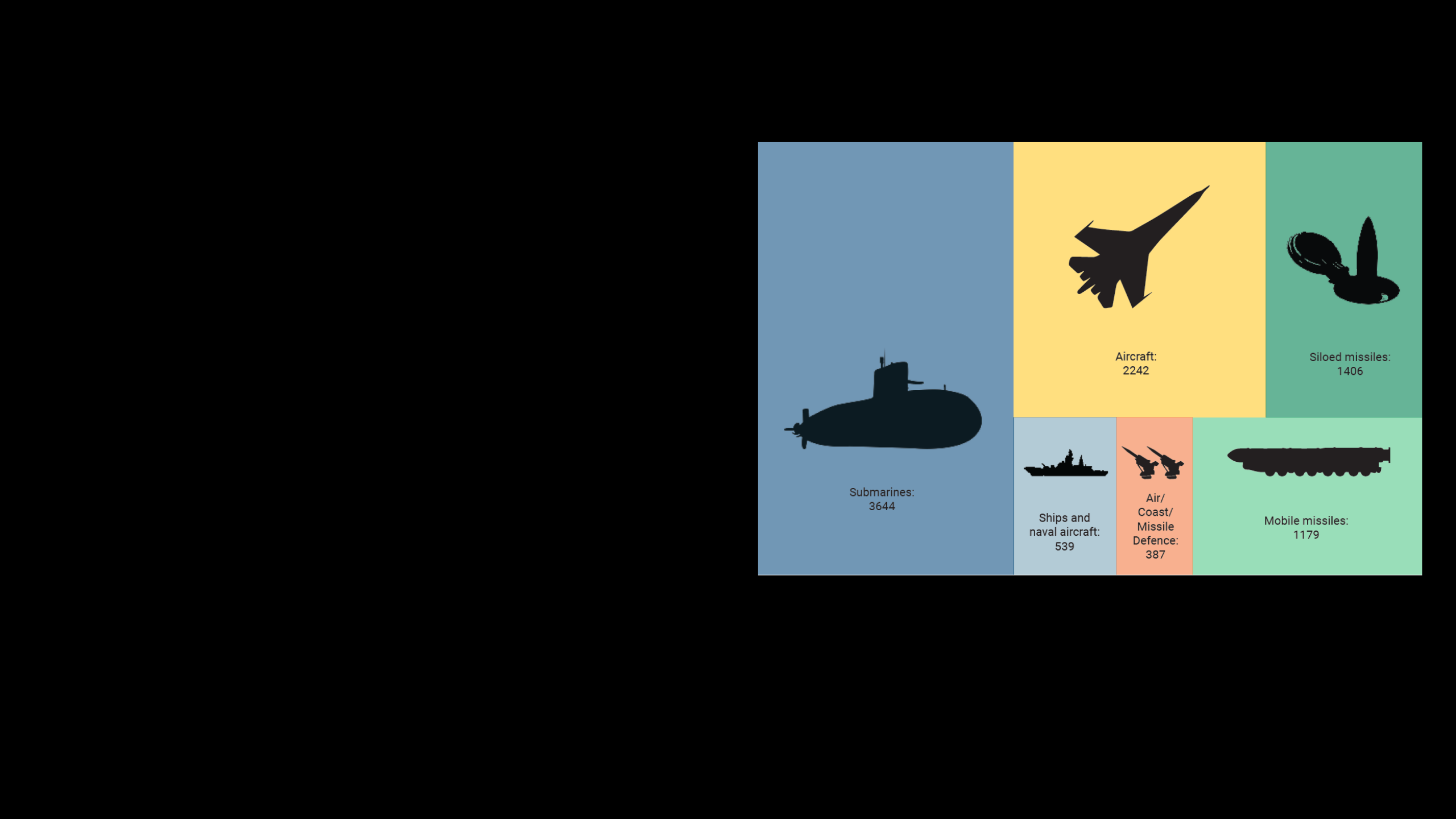
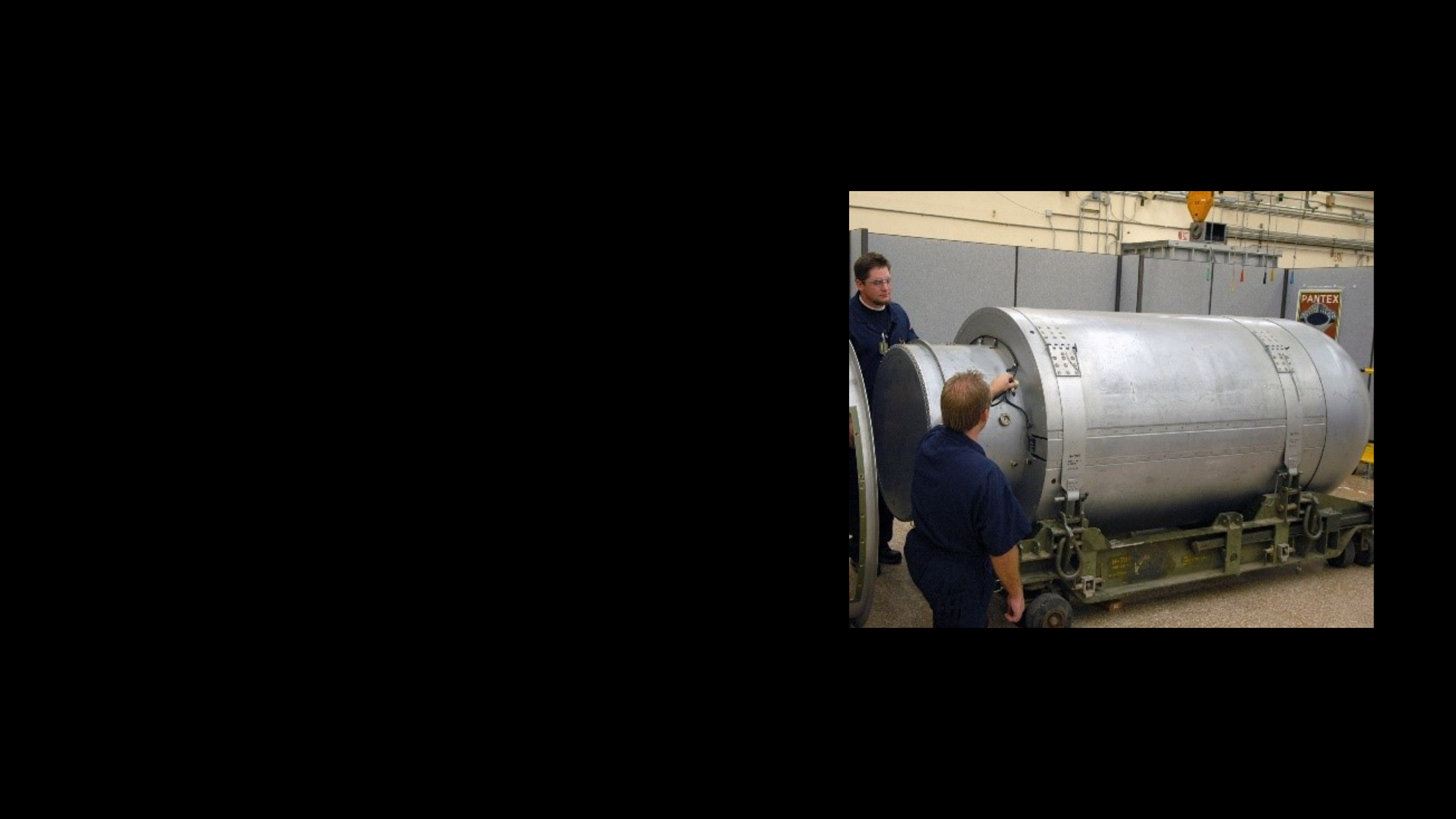
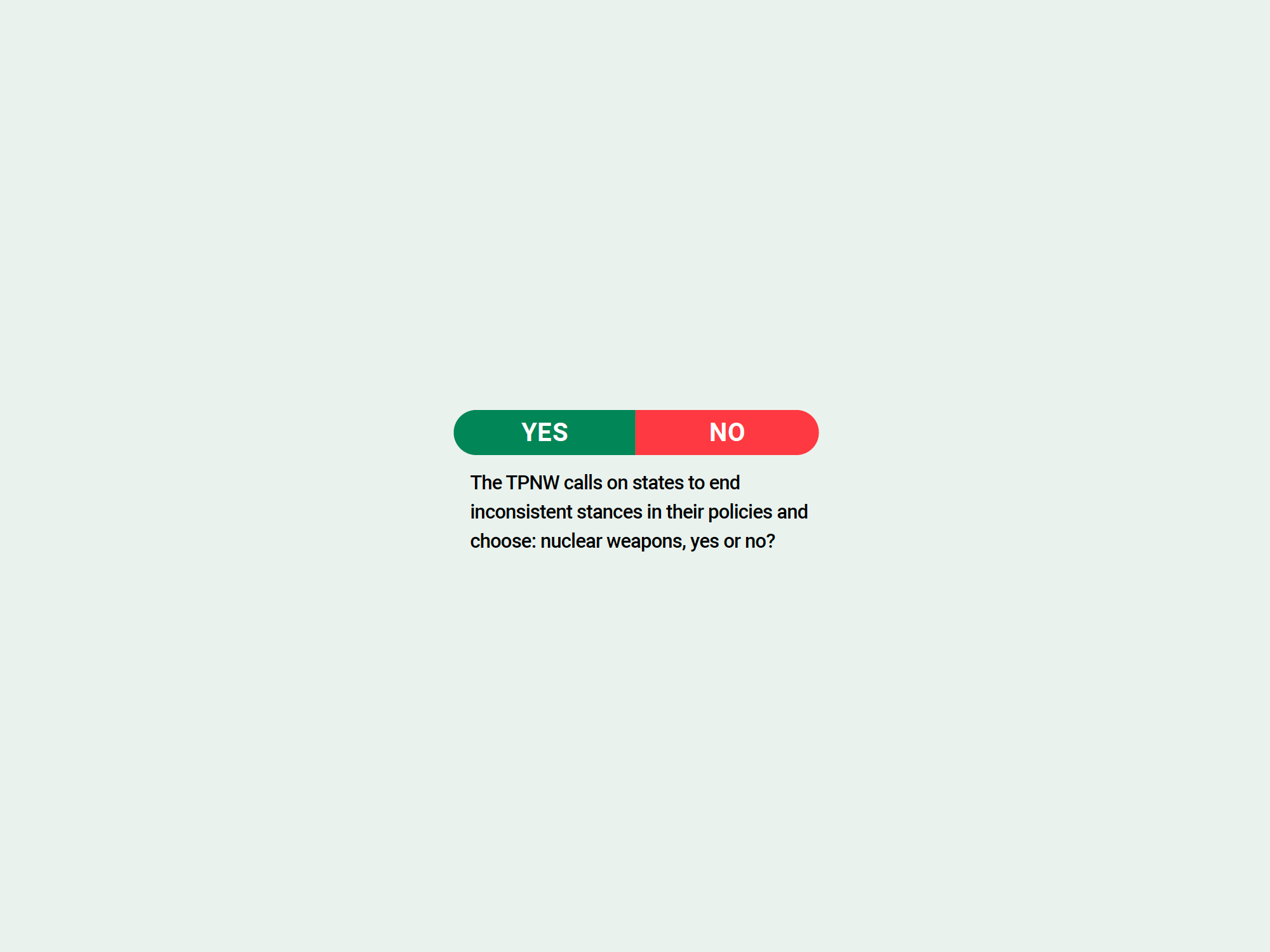
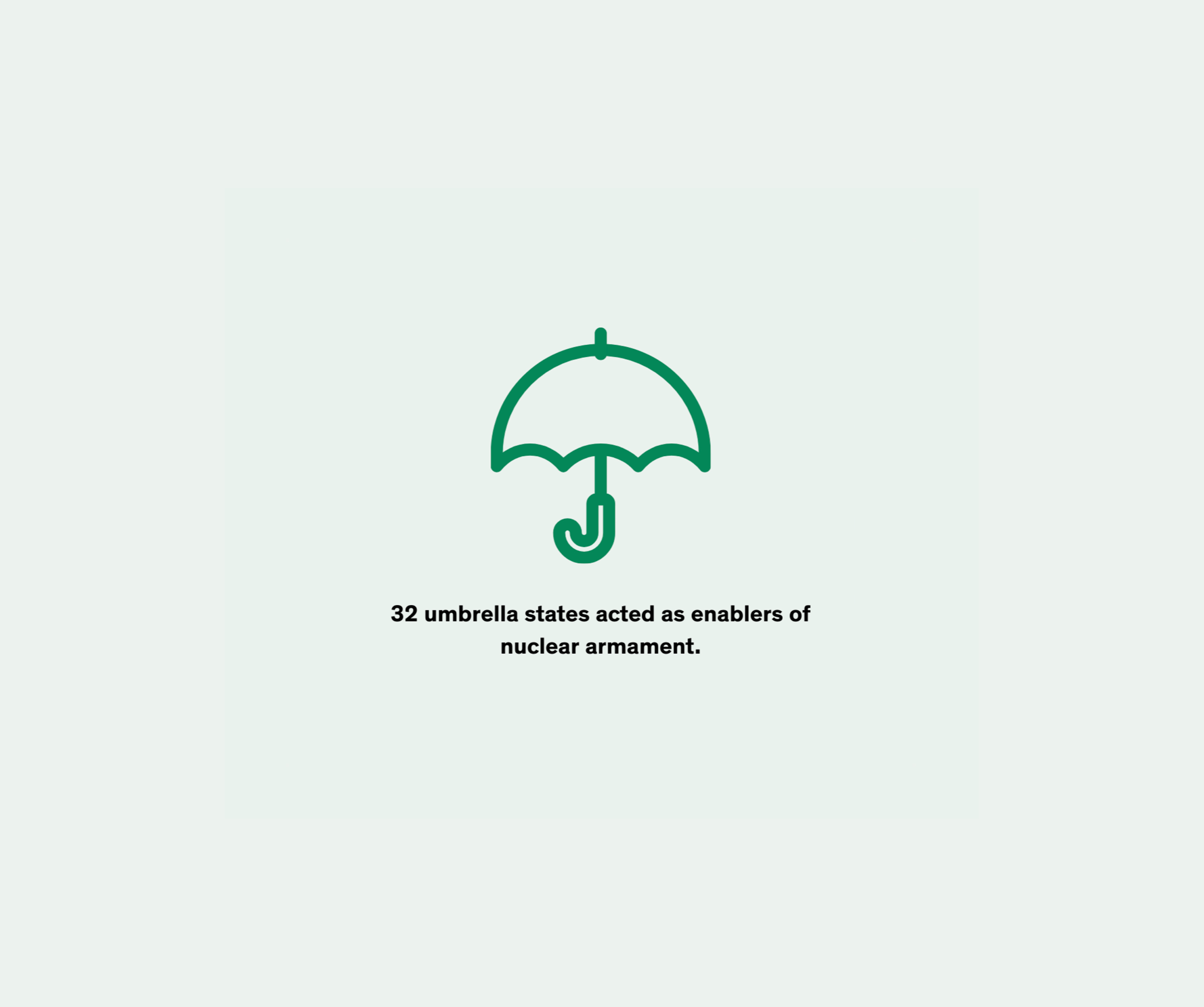

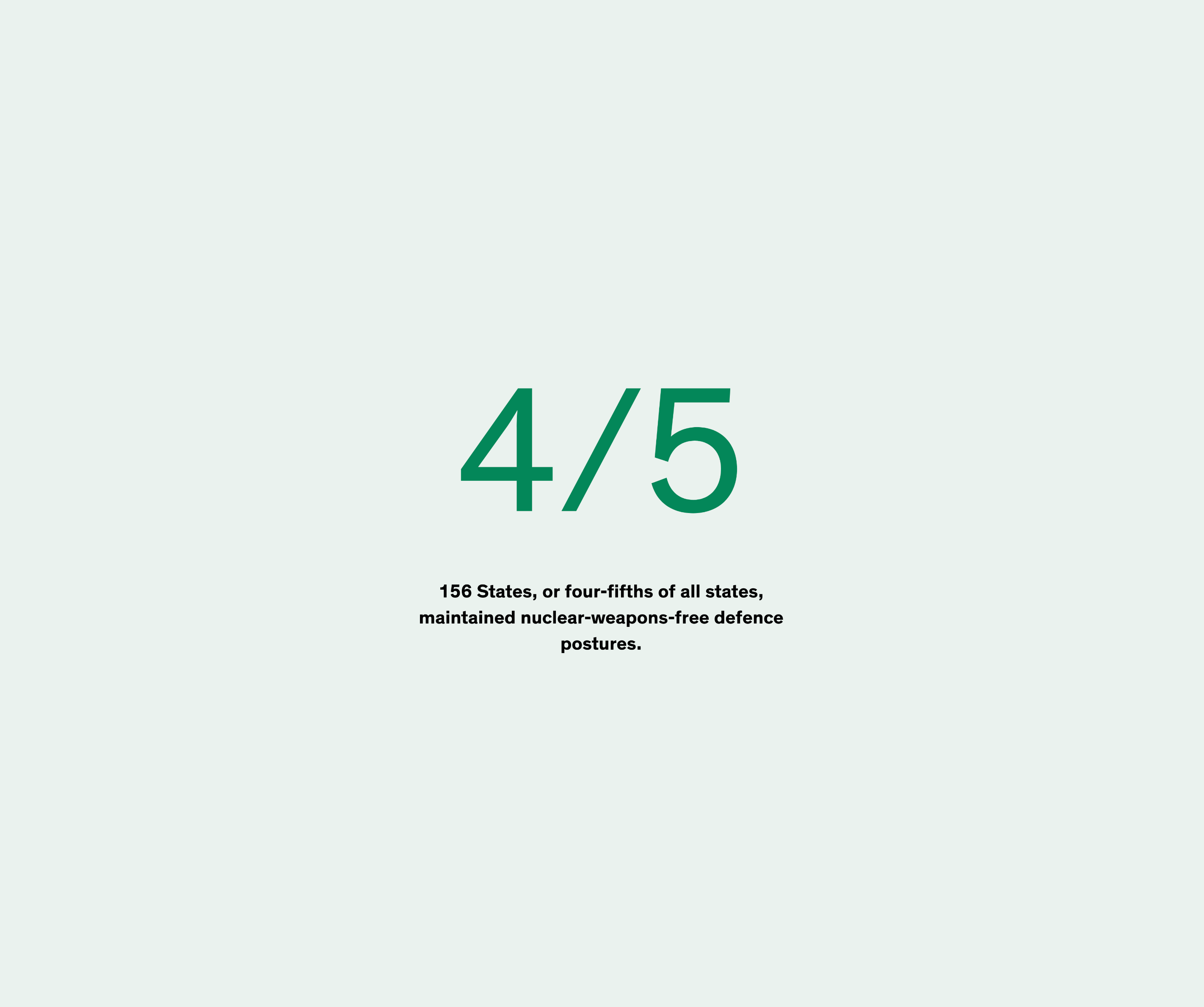



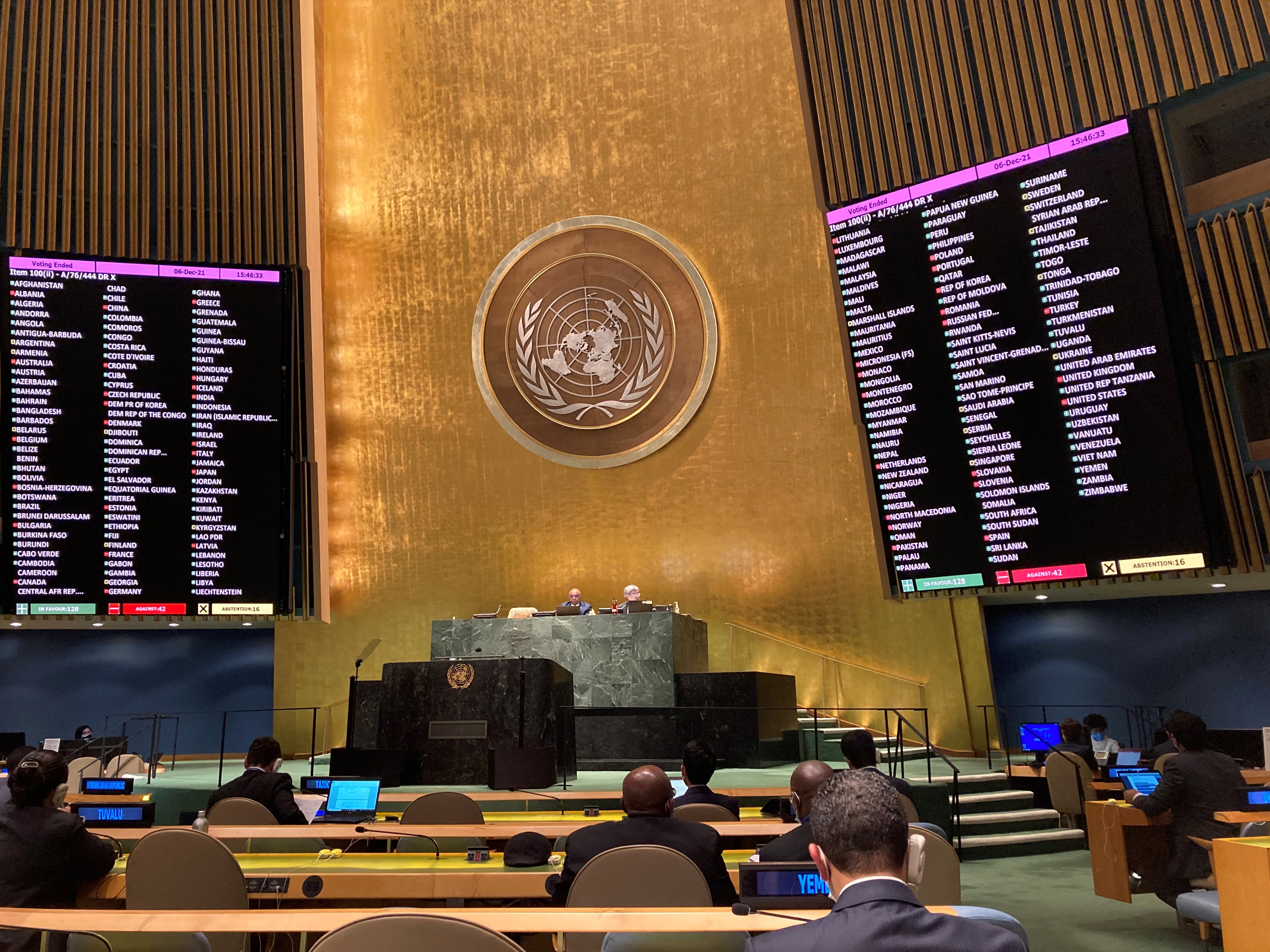
Support for the TPNW is high in all regions of the world apart from Europe.
Political debate about adherence to the TPNW is, however, ongoing in several of the opposed states

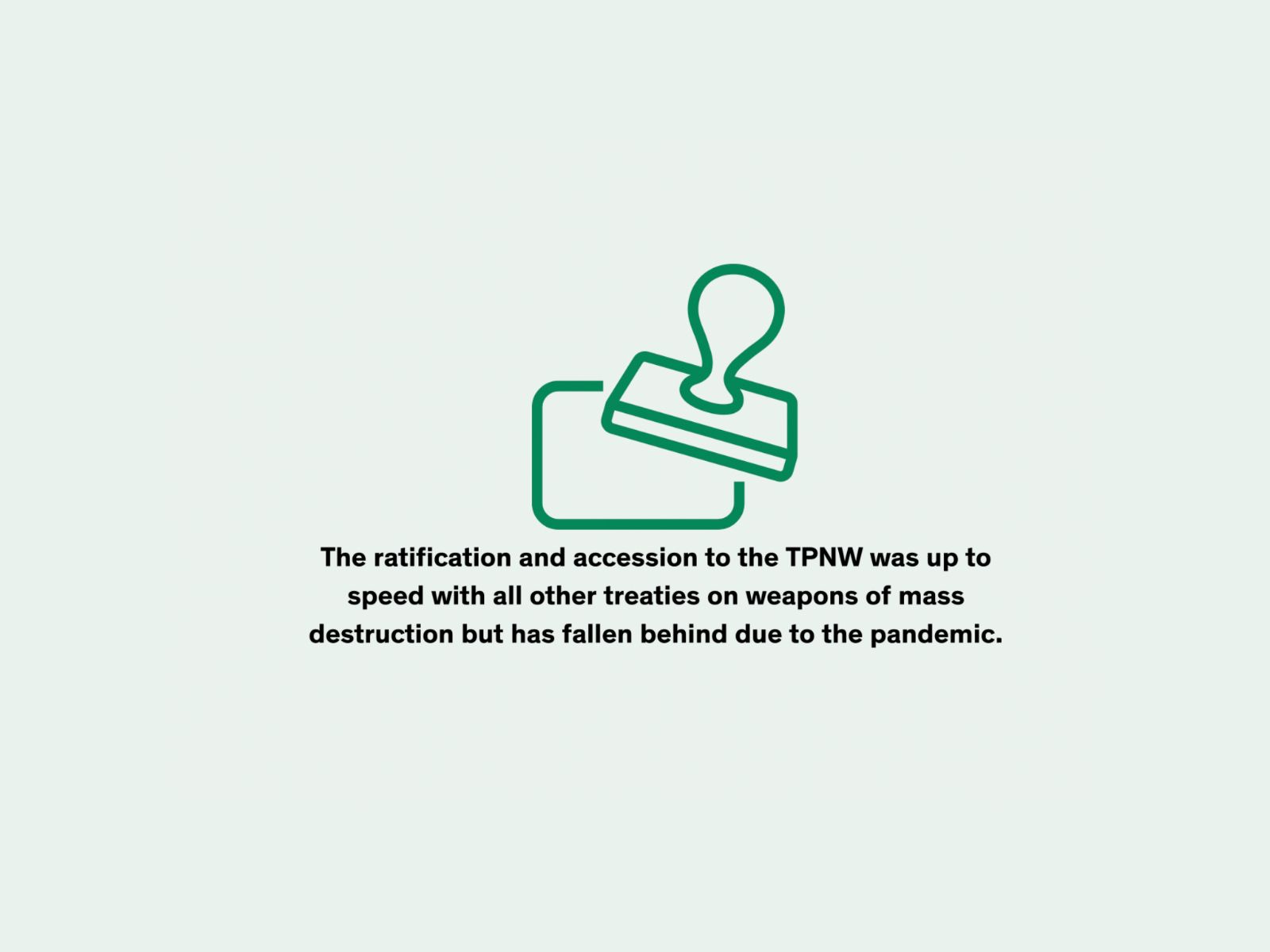
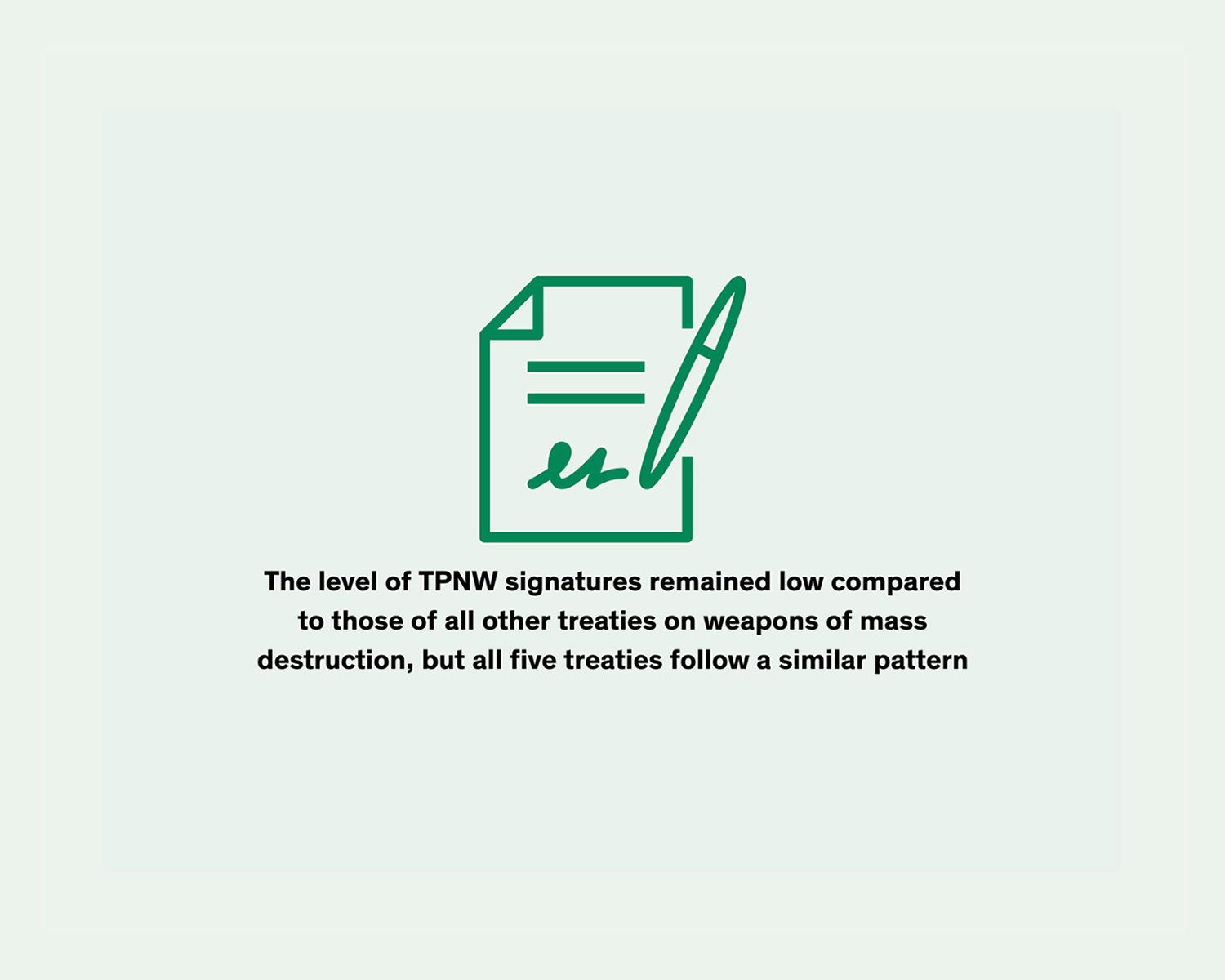


The conduct in 2021 of 153 states was either compliant (for states parties and signatories) or compatible (for states not party) with all of the prohibitions of the TPNW.
The conduct of 42 states not party was not compatible with one or more of the prohibitions, and the conduct of 2 states (Iran and Saudi Arabia) was of concern.
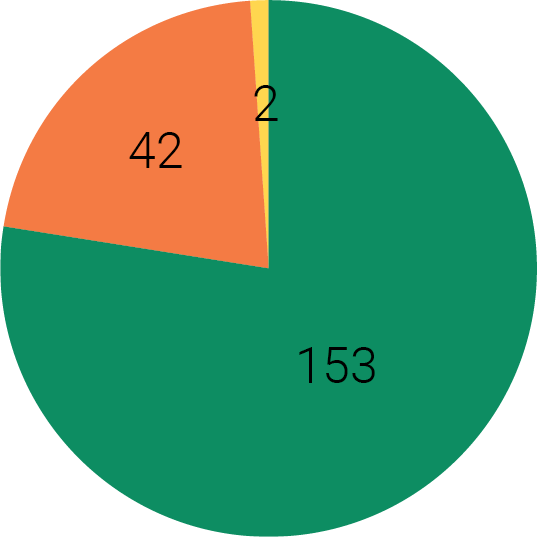
Five states continued to engage in conduct that was not compatible with the TPNW's prohibition on allowing stationing, installation or deployment of nuclear weapons
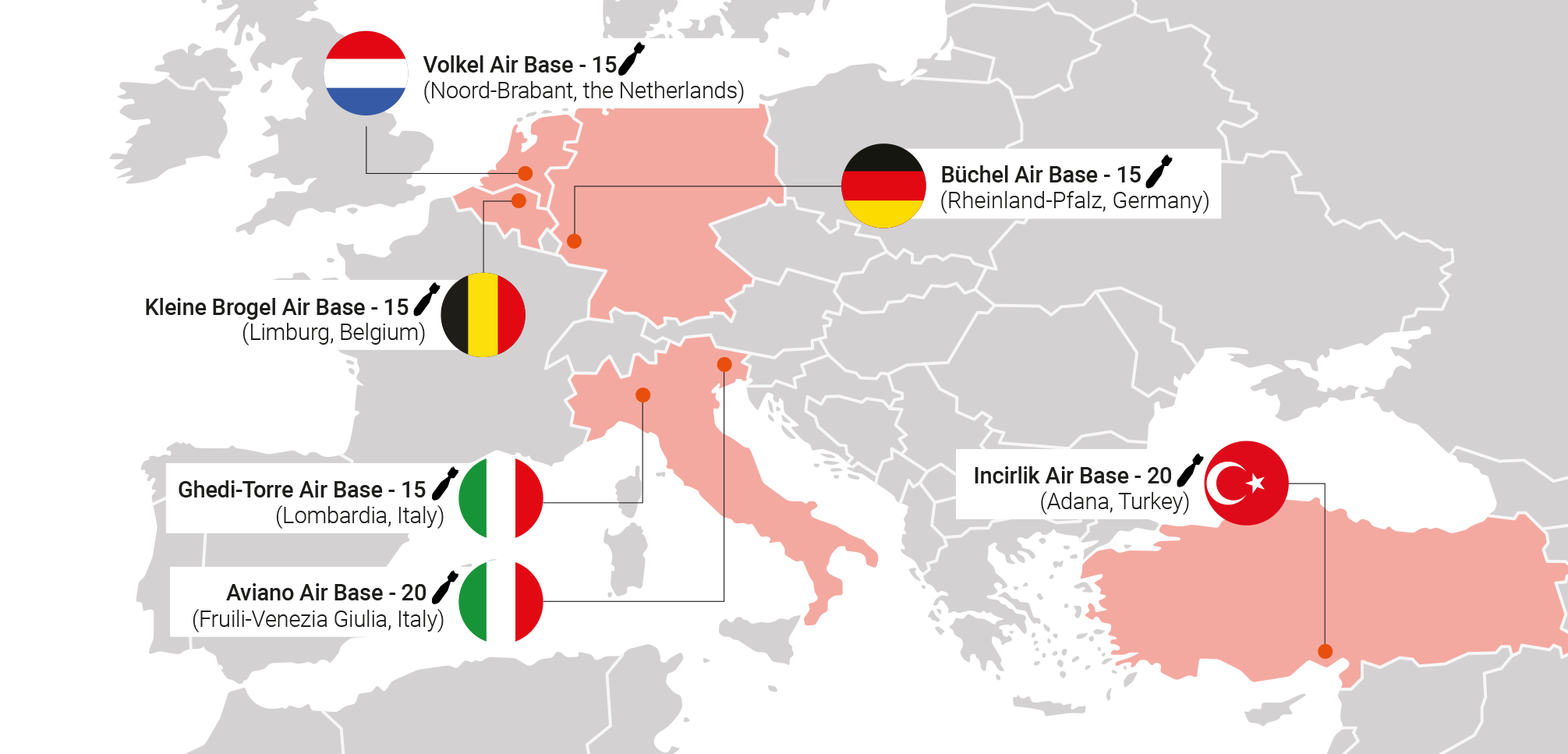
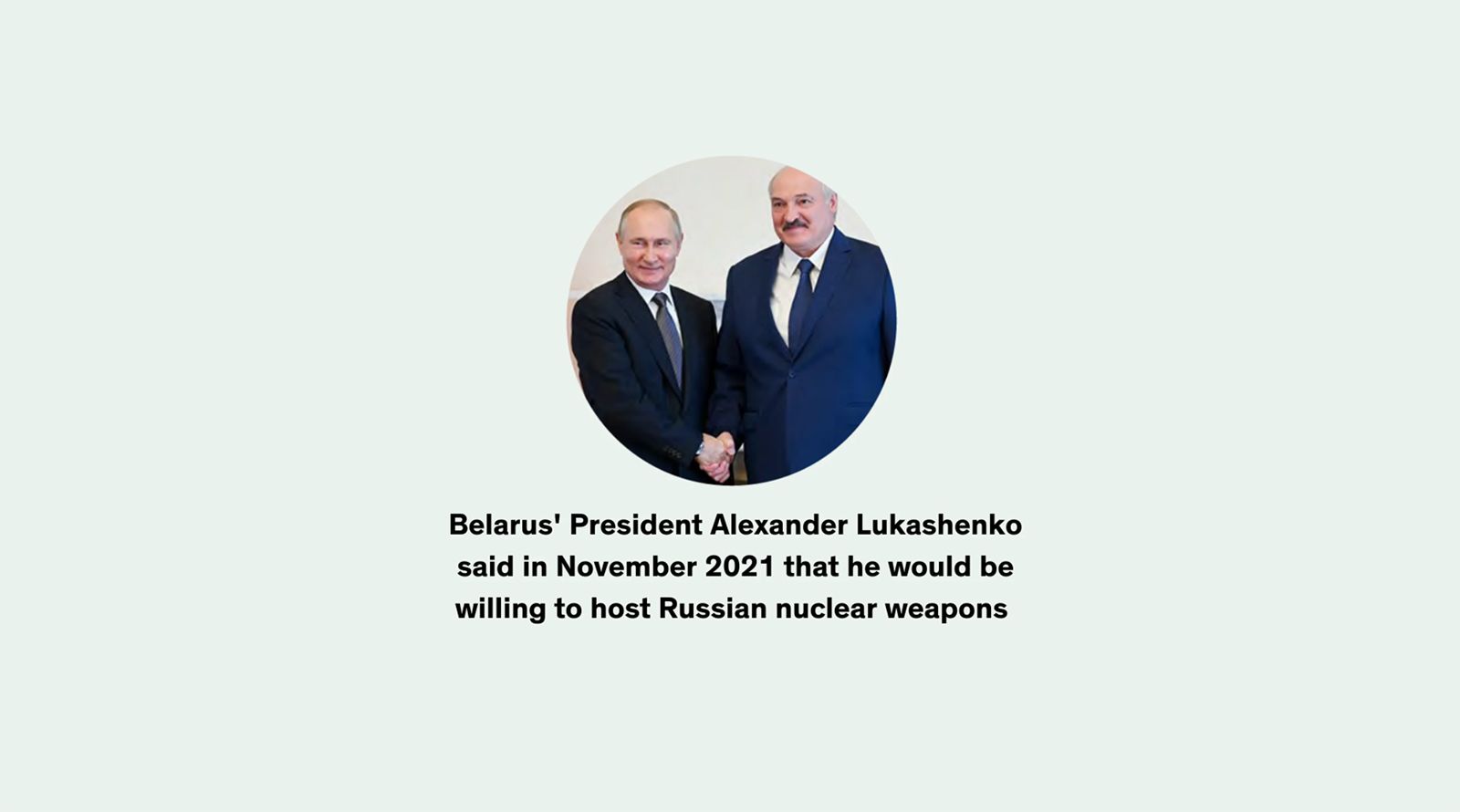
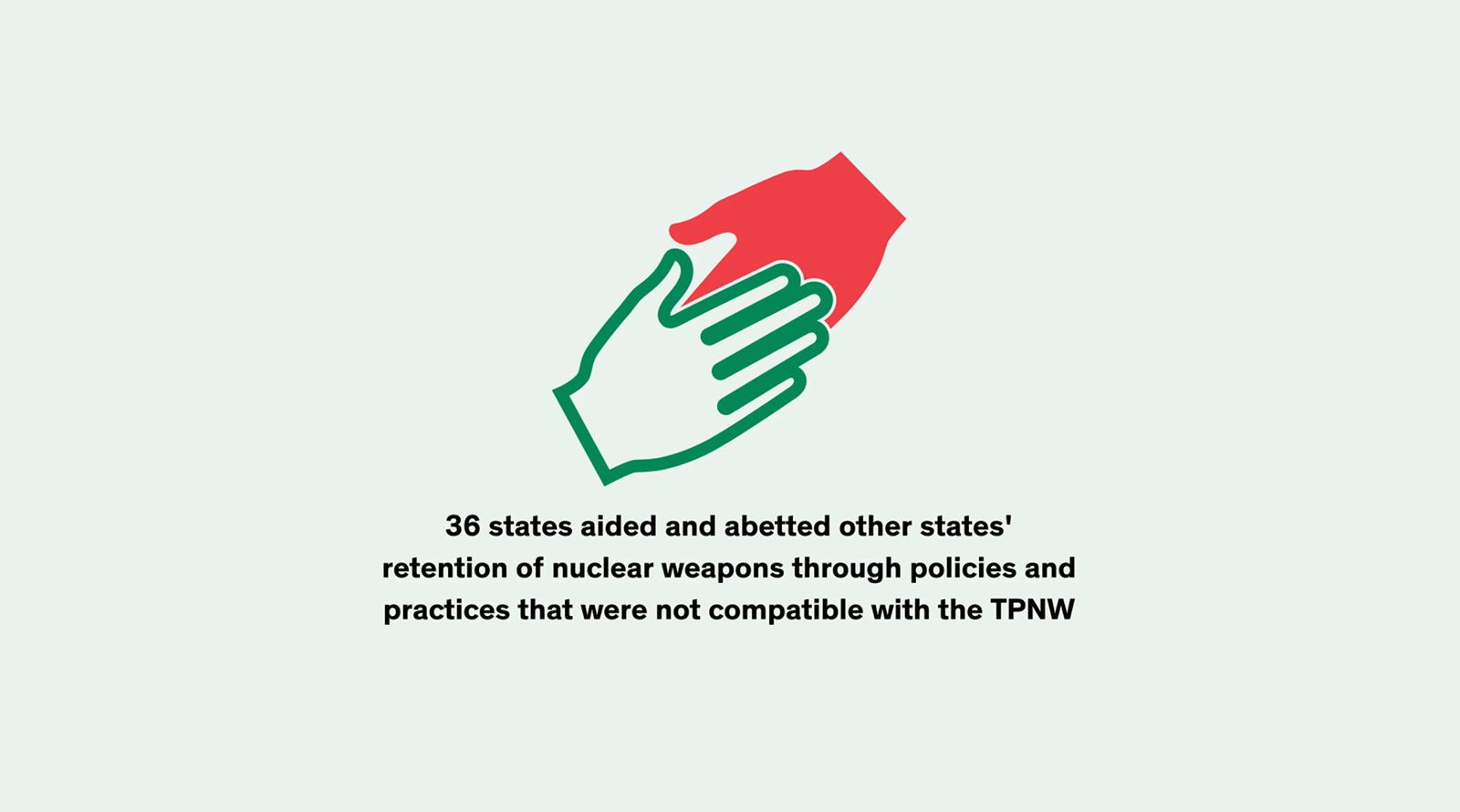
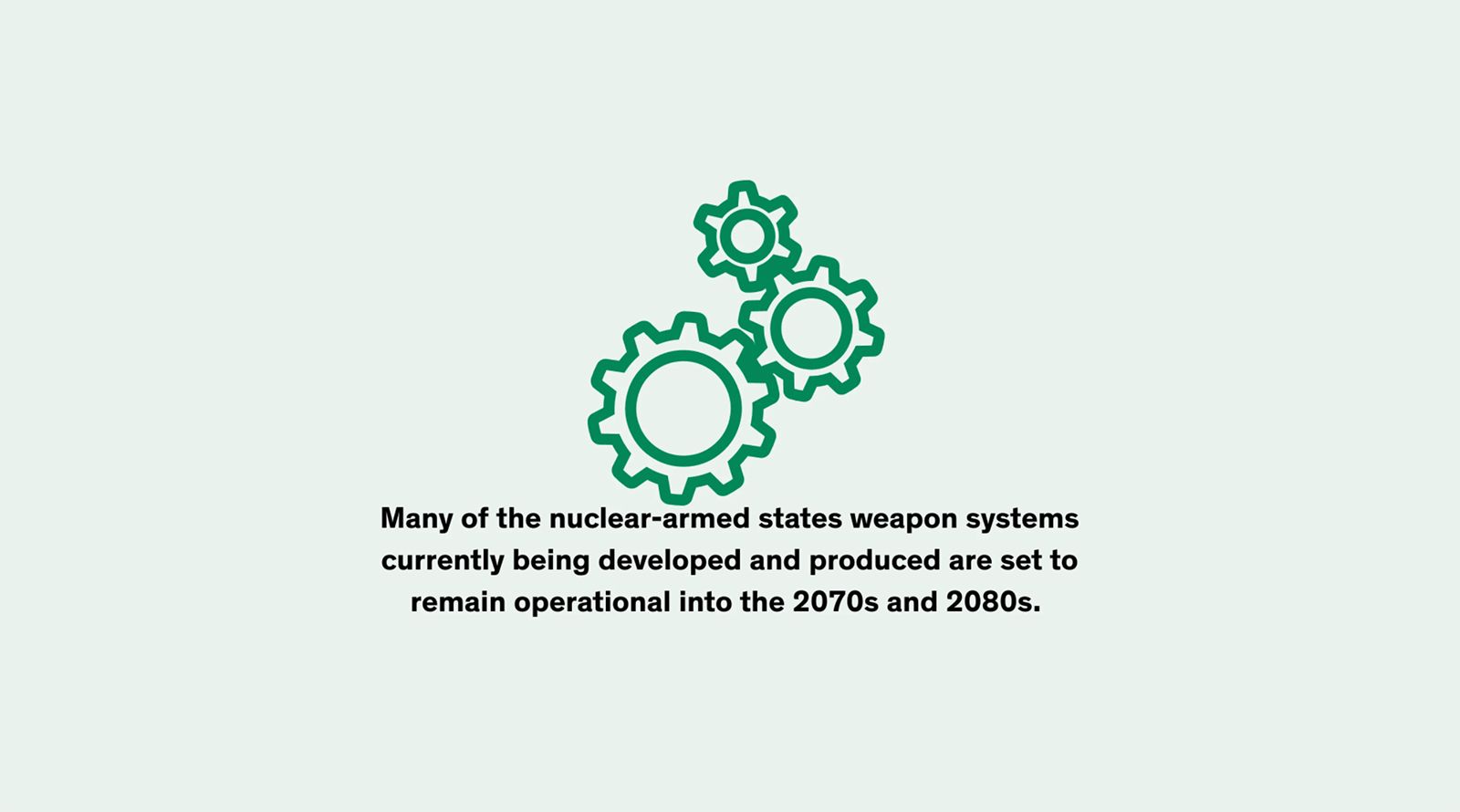



The obligation to assist victims
The testing of more than 2,000 nuclear weapons between 1945 and 2017 continues to cause unnecessary suffering in many states.
In most cases, affected populations have received inadequate support.
The TPNW seeks to change this situation, by obliging each state party to provide victim assistance to affected individuals of use and testing who are within its jurisdiction.
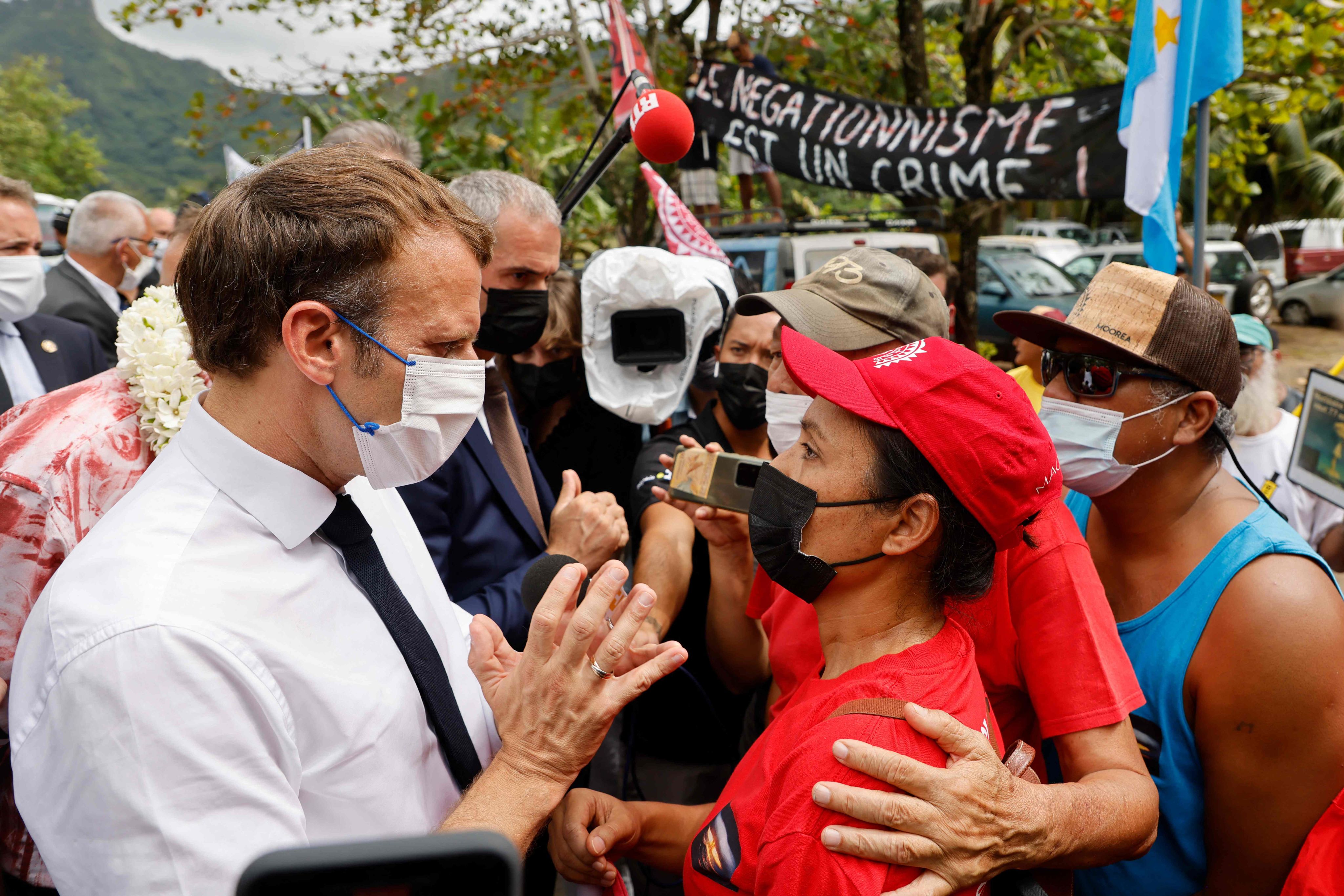
Environmental contamination from the testing of nuclear weapons is a particularly under-addressed humanitarian challenge. The TPNW obliges each state party to implement environmental remediation of any areas contaminated by use or testing in territory under their jurisdiction or control.
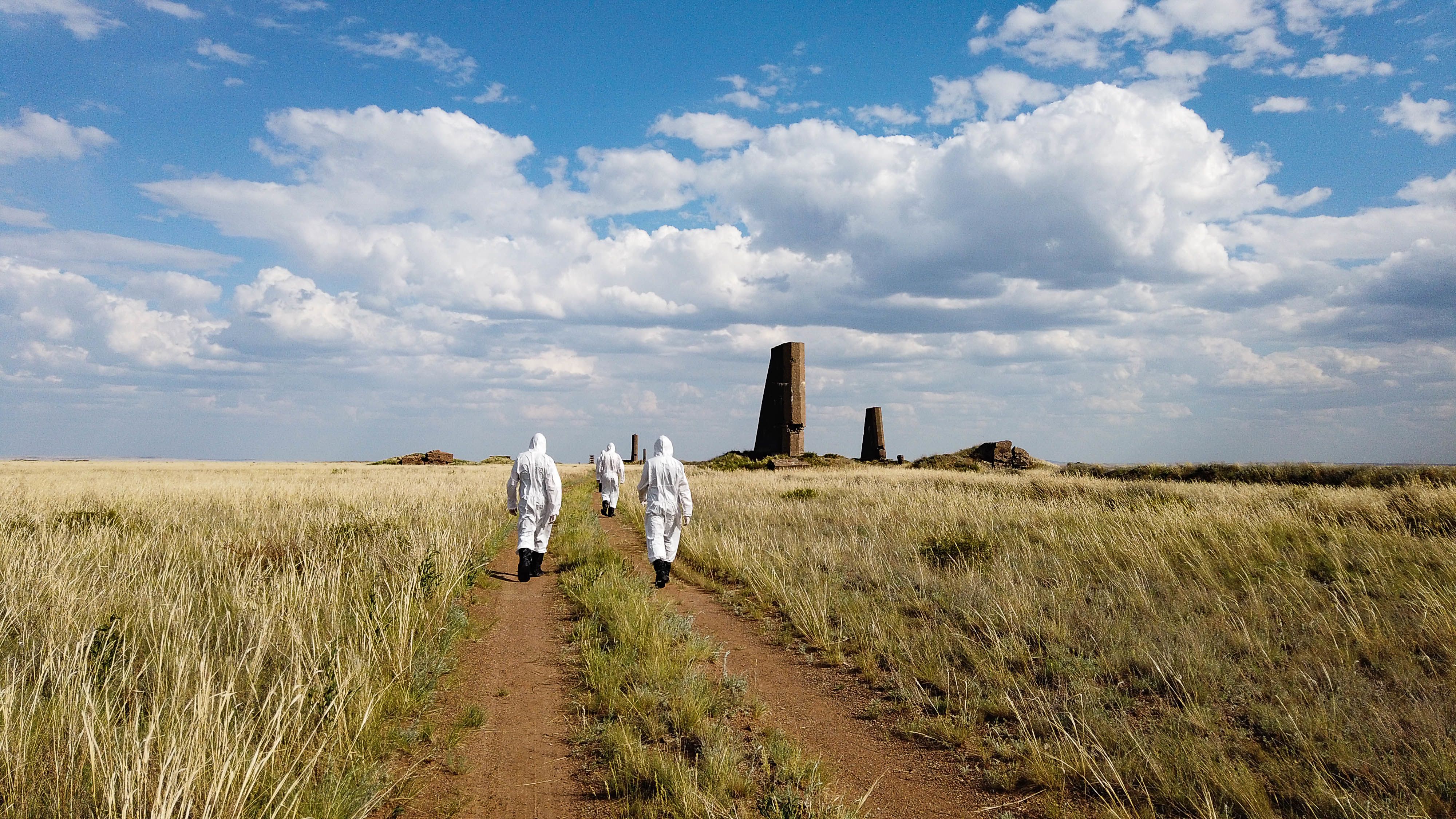
The obligation to cooperate with and assist other states parties
The TPNW spreads the burden of addressing the effects of nuclear-weapons use and testing across all states parties and places this humanitarian challenge on the agenda also of donor states that are not party to the Treaty.
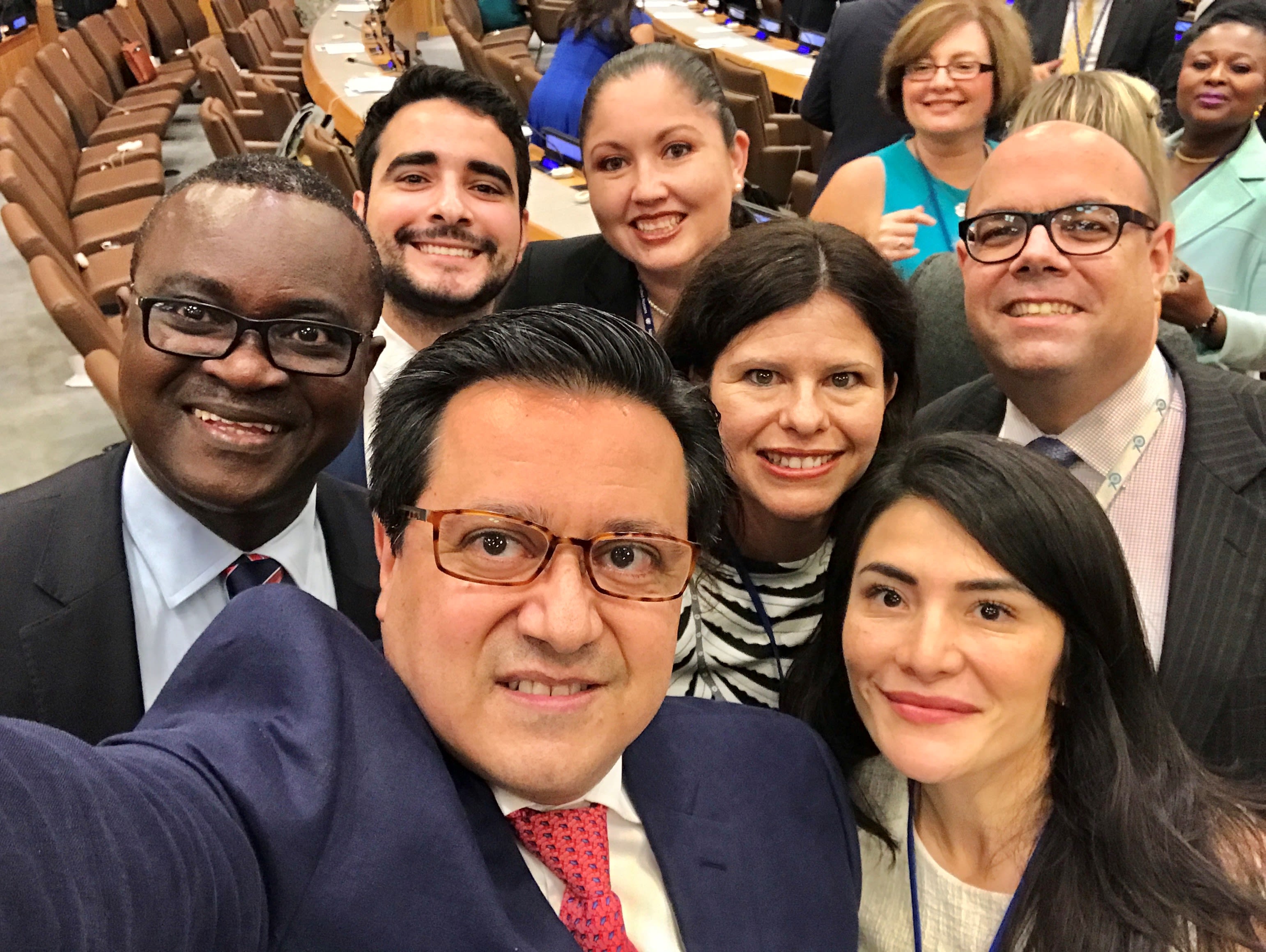
Implementation of the obligation under the TPNW to promote universal adherence to the Treaty was impressive in its first effective year of operation.
All states parties and signatories to the Treaty to encourage other states to join the Treaty.




